JEDDAH: In the absence of safe and legal passage to Europe, refugees fleeing war, poverty and persecution in their home countries are frequently met with barbed wire, suspicion and outright hostility when they land on the EU’s doorstep.
For several years now, the plight of migrants and refugees arriving in Europe has divided public opinion, throwing up competing narratives about compassion and national identity, while raising concerns over security and counterterrorism.
These divisions were brought to the fore in 2015 when hundreds of thousands of Syrians, Iraqis, Afghans, Iranians, Sudanese, Eritreans and other nationalities made the perilous journey to Europe overland or by sea, often with the help of traffickers.
Many of these debates resurfaced in the closing months of 2021 after tens of thousands of people, predominantly from the Middle East, arrived at the Belarus-Poland border, camping out on the bitterly cold forest frontier in the vain hope of crossing into Europe.
Earlier in December, Poland shut its borders by building a 115 mile-long fortified wall, expected to be complete by June of this year at a cost of nearly $300 million.
Fortified border walls began showing up after the 2015 refugee influx, mainly from the Middle East. Hungary’s wall alone cost the EU over 1 billion euros.
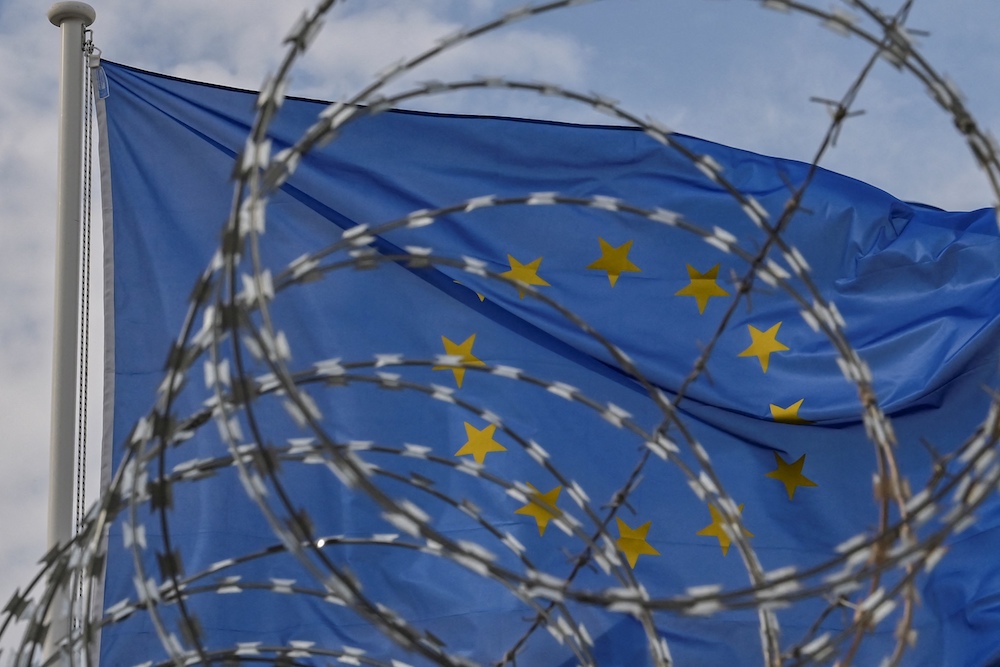
Similar fortifications have sprung up in Slovenia, Macedonia, Bulgaria, Spain and France, all with the aim of keeping migrants out.
The EU went from just two walls after the fall of the Berlin Wall to 15 by 2017, the equivalent of six Berlin walls. These new barriers reflect a general hardening of views against refugees in Europe.
INNUMBERS
* 26.6 million – Refugees globally as of mid-2021.
* 0.6 percent – EU population proportion who are refugees. (UNHCR)
Where once European leaders considered it a humanitarian duty to take in refugees, many now extract political capital from talking tough on illegal immigration. In the process, the issue of migration has become separated from the calamities that caused them to flee.
“It’s dehumanizing to say the least,” Wafa Mustafa, a Syrian journalist, activist and refugee living in Germany, told Arab News. “We can’t speak about refugees without talking about the reasons they became refugees.”
Mustafa’s father, Ali, a Syrian human rights activist, was arrested in July 2013 before disappearing into Bashar Assad’s notorious prison system. About 130,000 people are believed to be held in regime jails, where they reportedly endure torture and sexual abuse.
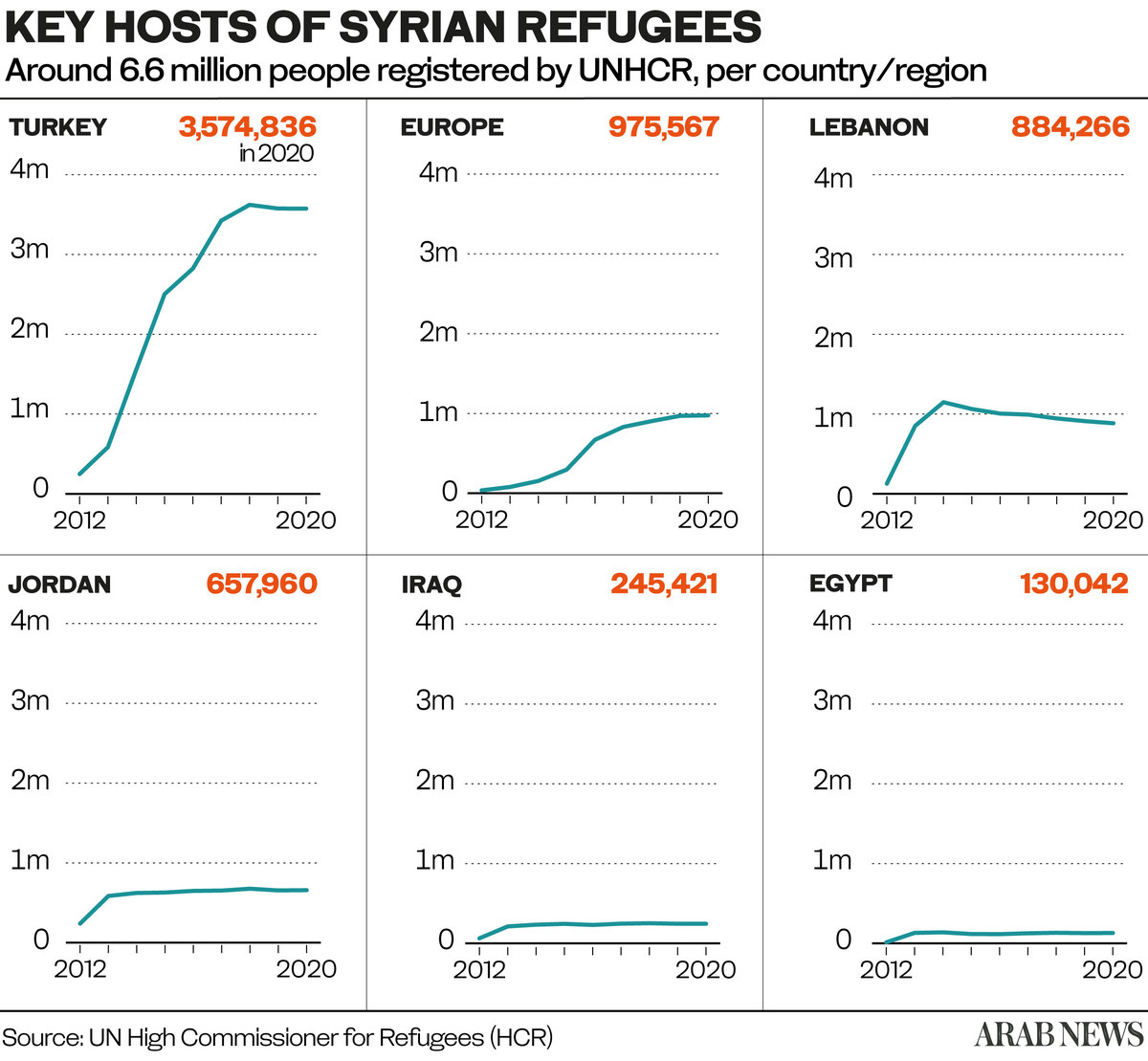
“We can’t ignore the fact that there are forces that push people to risk their lives, and those of their children and loved ones, that are more difficult than being left to die on the borders,” Mustafa said.
“I think the way the EU has been dealing with people stranded on its borders is a crime. We’ve been hearing about illegal entry as a crime, but I think that not allowing people to cross the borders and leaving them to die is the actual crime.”
Mustafa believes European politicians refuse to engage with the issue because “they would have to face the fact that they have failed at their jobs, and the international community failed to address the problem, in Syria’s case the Assad dictatorship.”
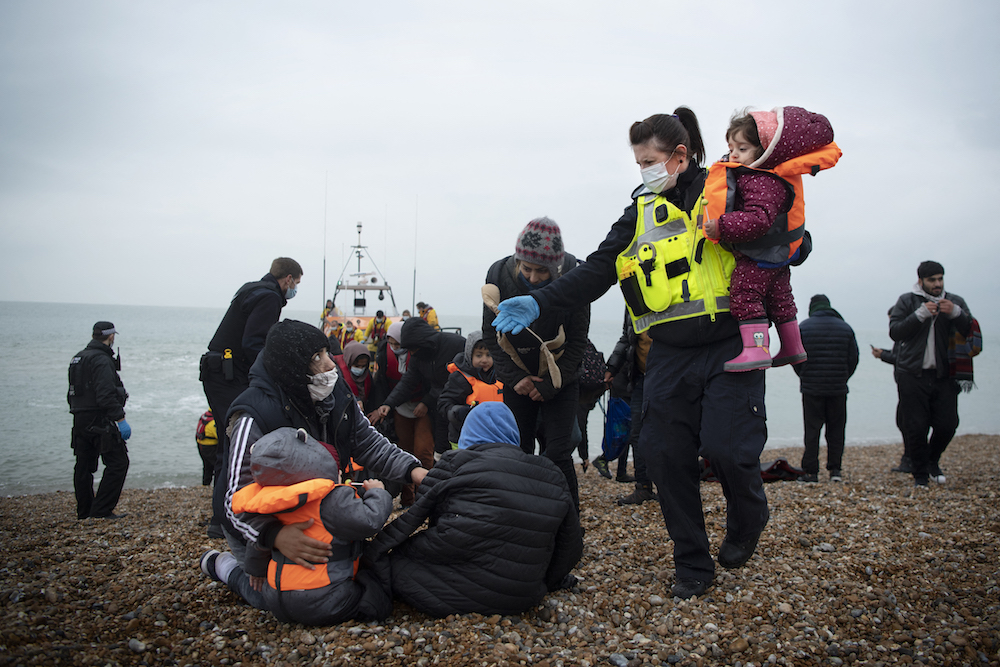
Witnessing this rush to fortify its borders, many could be forgiven for thinking the economic and social burden of the global refugee crisis fell mainly on Europe. Nothing could be further from the truth.
As the UN refugee agency UNHCR frequently points out, 85 percent of the world’s 26.6 million refugees (as of mid-2021) are hosted either in neighboring countries or elsewhere in developing regions.
Turkey, for example, has more refugees within its borders than any other country — more than 3.5 million, or 43 for every 1,000 of its own citizens. Jordan has almost 3 million, while tiny Lebanon hosts 1.5 million — more than 13 refugees for every 100 Lebanese.

By contrast, around 2.65 million refugees live among the EU’s population of 447 million.
After the Second World War, European states signed a raft of treaties designed to protect the rights of refugees, including the 1951 Refugee Convention, the 1967 Protocol Relating to the Status of Refugees and the 1980 European Agreement on Transfer of Responsibility for Refugees.
Despite these commitments, European leaders and sections of the media have instead created crude narratives of “worthy” and “unworthy” migrants to help justify turning refugees away.
“This is a dangerous narrative,” Mustafa said. “We need to look at them as humans, hear their stories, and provide them with resources to deal with the reasons they came to Europe.”

Abdulazez Dukhan, originally from Homs in western Syria, arrived in Greece in 2015 when he was just 17. It was there, while confined to one of the country’s overcrowded camps, that a volunteer gifted him a camera.
What began as a hobby soon developed into an illustrious photography career when he eventually settled in Belgium.
An exhibition of Dukhan’s photographs entitled “50 Humans,” held late last year in Brussels, set out to challenge the scapegoating of migrants and refugees, while demonstrating the positive contribution they make to multicultural societies.
INNUMBERS
Top 5 nationalities of first-time asylum applicants in EU (2020)
1. Syrian 63,600
2. Afghan 44,285
3. Venezuelan 30,325
4. Colombian 29,055
5. Iraqi 16,275
* Source: European Commission/Eurostat
“Their backstories made them who they are, but I don’t dwell on their past,” Dukhan told Arab News. “I focus on their present, answering moral arguments in the most subtle of manners. Forget wars and conflicts and focus on the now. These are their true stories.”
Those opposed to accepting refugees often argue they place a burden on the economy, taking jobs and running down wages or scrounging off state handouts. However, studies have shown that societies with a shrinking working-age population tend to benefit from the arrival of younger migrants.
A 2021 working paper from the IMF, titled “The Impact of International Migration on Inclusive Growth,” outlined some of the longer-term benefits of welcoming immigrants.
“International migration is both a challenge and an opportunity for destination countries,” its authors wrote.
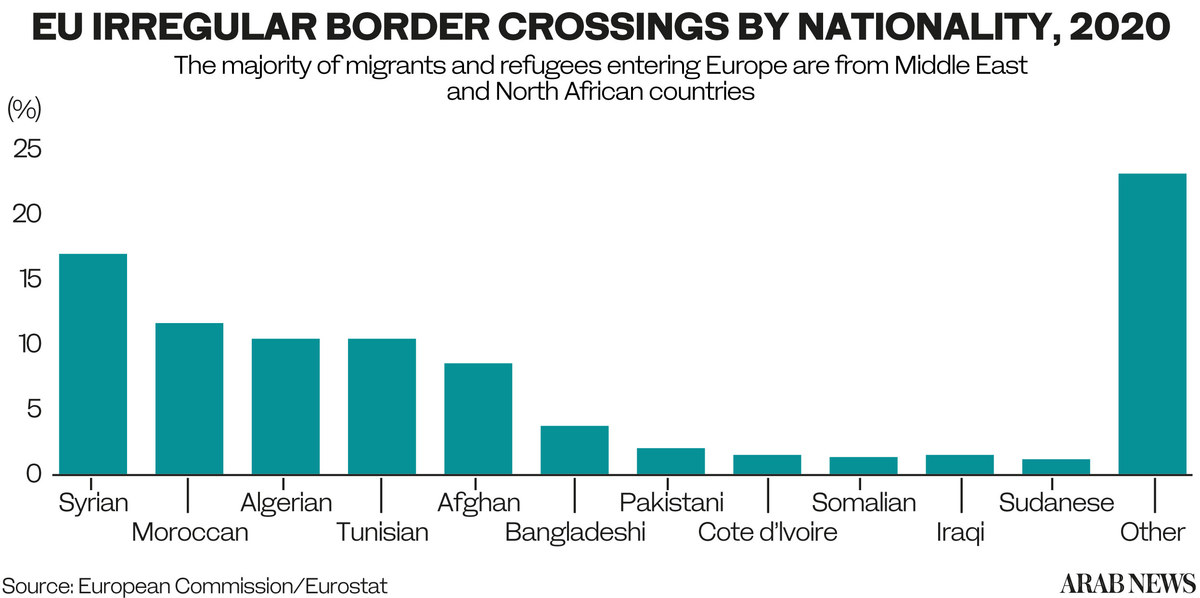
“On the one hand, especially in the short run, immigrants can create challenges in local labor markets, potentially affecting wages and displacing some native workers who compete with them. Their arrival may also impose a short-term fiscal cost.”
However, the report said that “especially in the medium and long run, immigrants can boost output, create new opportunities for local firms and native workers, supply abilities and skills needed for growth, generate new ideas, stimulate international trade and contribute to long-term fiscal balance, by making the age distribution of advanced countries more balanced.”
Nevertheless there is still a widespread perception in many European countries that new arrivals take more than they contribute. In reality, migrants receive little assistance from the state, forcing them to work hard to improve their circumstances.
“EU policies have made it difficult for immigrants and refugees, sticking labels on them. But that has not deterred them,” Dukhan said.
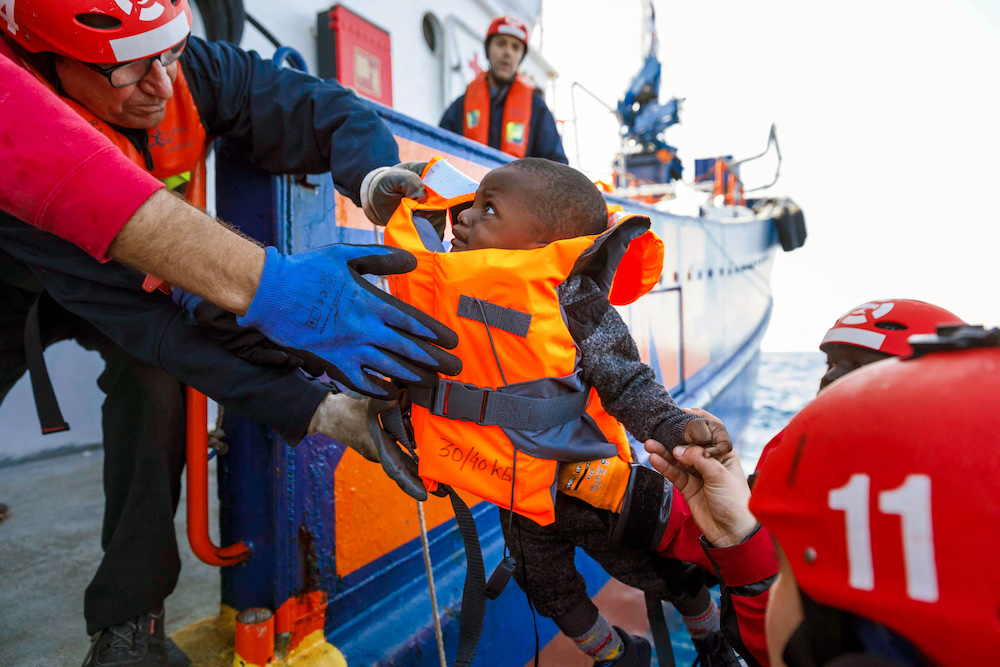
“Those who are arriving have work experience, degrees and were vital members of their former communities, and they want to do the same in their newfound homes. Though their degrees might not mean anything in the new country, many won’t sit idly by. They will get up, study, work odd jobs and more.”
Despite the potential benefits of immigration, many Europeans remain troubled by the influx of foreigners. Through his exhibition, Dukhan hopes to challenge the myths and misconceptions about migrants and refugees, and show them in a more honest light.
“They’re not miserable people,” Dukhan said. “The media has played a major role in portraying them and downgrading them to a social experiment, placing them in a bubble to scrutinize and ridicule.”
As Europe strengthens its borders and anti-immigrant sentiment continues to find favor, reversing these entrenched perceptions may prove easier said than done.
Credit: Source link











